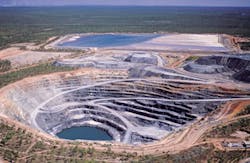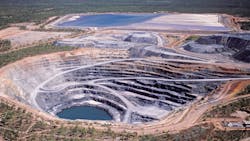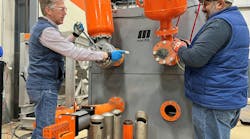The U.S. is one of the largest consumers of rare-earth elements, but almost the entire supply is imported from China, according to LiveScience. In fact, China accounts for 95 percent of global production. What makes China such a dominant force is not just its rich resources but the process of turning rare-earth deposits into oxides and metal. Producing these often results in the extraction of uranium and thorium as by-products — both extremely radioactive elements. China has already developed processes to deal with them, whereas other countries would have to nearly start from scratch.
This heavy dependency on China does not allow the U.S. or any other country much flexibility about rare-earth elements and puts them in a difficult situation when China decides to hike prices. This happened in 2010, when its government started to charge foreign companies higher prices and restricted exports. As a result, other countries started to look for ways to loosen China’s grip on the industry by exploring options to produce rare earths. A mine was recently opened in Malaysia and others are planned in Canada, Europe and Africa.
The U.S. has also made moves towards exploration, with the support of the Department of Defense. A number of companies have been busy drawing up plans and looking at sites, mostly in Alaska.
RELATED: Report calls for expansion of US rare earths production
One of the locations most likely to see actual mining operations is Alaska’s Bokan Mountain, which was once a uranium mine once but has been closed for years. It is estimated that the peak has rich deposits of hard-to-find heavy elements and reopening the mine could have a powerful economic effect on the area. That is why the project has been backed by state lawmakers and by local communities.
However, there is a major hurdle. Rare earths are very often mixed together in a rock and separating them for further processing can be a very expensive and complicated process. Since there are quite rare elements in the Alaskan mix, the technology to extract them is still not fully developed, according to metals industry consultant Gareth Hatch.
Before any actual mining operation can be allowed to begin, there is a need to fully understand how these chemicals appeared there, geologists explained. This knowledge can help them develop processes to remove lighter elements and leave the heavier ones for separation, which will also require more research. There is also the problem of uranium that needs to be disposed of, so the U.S. still has a long way to go before becoming able to meet, at least partially, its own rare-earth needs, LiveScience website said.



